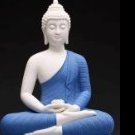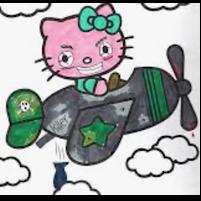Two Thai women die during a mountain trek journey in Nepal
-
Recently Browsing 0 members
- No registered users viewing this page.
Announcements
-
Topics
-
Latest posts...
-
22
Need to spend two days in Laos ay at chiang saen crossing
Huayxai has been doing this since after the covid hysteria, when it opened again they required a one night stay, they must have changed it to two nights recently to increase revenue. -
-
165
Appeal Launched for British Teacher Gravely Injured in Thailand Crash
Agreed... but its not a lack of empathy that drives his lack of ability to comprehend the financial plight of others, its stupidity..... .. the lack of empathy is simply voicing that stupidity in the manner he has. -
139
The major backers of "populist" trump
Trump said during his first term that he tried to get rid of carried interest but "they" wouln't let him do it, thus admitting he's working for someone else.- 1
-

-
165
Appeal Launched for British Teacher Gravely Injured in Thailand Crash
Part of the problem is not having insurance. Even when you do, it is hit-and-miss. The companies don't want to pay. They will nickel and dime you to death or drag their heels. International companies are all the same. The coverage is there, but there are so many loopholes. Also, a lot of them will reimburse you, but you have to pay upfront and get the money afterward. -
22
Need to spend two days in Laos ay at chiang saen crossing
No problem. Seems border crossing points are now making you use border run company or pay immigration directly. Disappointing- 1
-

-
141
Donald Trump Jr. Alleges Biden’s Actions Could Trigger World War III Before Trump’s Return
Ok, so you have no evidence. No convictions, no photos/ videos of him sniffing or snorting. What someone thinks and what others post as remarks do not mean jack shi-. The leftists here would label that as slander. -
165
Appeal Launched for British Teacher Gravely Injured in Thailand Crash
Empathy does not derive from pure logic. He may be logical, and still lack empathy or the ability to feel sympathy. For example, many psychopaths find it difficult to feel empathy for their victims, just as they often experience no sympathy for their victims' families. We do not live in a perfect world, it seems. I have often thought that I would prefer being a psychopath or sociopath, myself, because this would mean that the capacity for empathy would be beyond me.
-
-
Popular in The Pub
.png.3b3332cc2256ad0edbc2fe9404feeef0.png.8488ab72b8bb2e508209bfe3211b6e08.png)









Recommended Posts
Create an account or sign in to comment
You need to be a member in order to leave a comment
Create an account
Sign up for a new account in our community. It's easy!
Register a new accountSign in
Already have an account? Sign in here.
Sign In Now